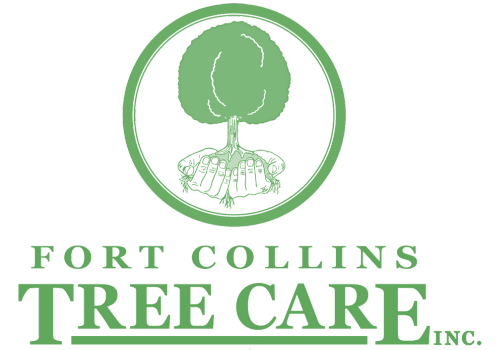As trees enter their winter dormancy it becomes easier for us to forget about them as living aspects of the landscape. However, despite their lack of green foliage, trees remain very much alive and therefore remain vulnerable to several winter stressors that can negatively impact their health for seasons to come. Fortunately, with proper attention and care, these risk factors can easily be managed. Heavy snows, freezing soils, lack of moisture, and fluctuating temperatures are all winter stressors that negatively affect both young and mature trees alike.
Winter Pruning
In most cases, winter pruning can benefit both the tree and the homeowner. Winter dormancy is the ideal time to prune your trees. Cooler temperatures reduce many potential stressors as invasive insects and diseases are not active while the effects of excessive heat or drought are not as severe. Additionally, winter pruning allows the plant to get an early start on the process of compartmentalization and wound closure in spring as the trees break dormancy. Winter pruning also serves as an advantage to the trained arborist as the lack of leaves allows trimmers to more easily assess the plant’s current structure, see potential hazards, and identify unwanted deadwood, limbs, stubs, and old storm damage.
With many trees in the Fort Collins area falling victim to poor pruning practices, it is important to ensure that your trees are properly and professionally pruned. Proper pruning should focus primarily on the exterior tips of the canopy with an emphasis on encouraging plant natural growth form. Proper pruning cuts should not exceed 3 inches in diameter and always be performed to protect persons and property while promoting plant health.
Trees such as American elm and many fruit trees should be pruned while dormant reducing the potential for the spread of disease. Maples and birch should be pruned in the summer to avoid bleeding. Although bleeding does not harm tree metabolism, it can be unsightly. Many of the summer flowering shrubs should be pruned in early spring or while dormant. Spruce shaping can also be done while the tree is dormant. While evergreens like junipers should be done from later spring through the summer months. Savings to the homeowner of winter pruning can range from 10 to 15 percent due to the usual slowdown. So take advantage of your local arborist and prune those trees and shrubs in the winter.
Winter Watering
All trees depend on water for their survival, and this is just as true in winter as it is in summer. Typically, our trees receive adequate winter water from snowfall. However, in Colorado, we have recently experienced more mild winters accompanied by hotter, drier, summers. As a result, the need for winter watering has become a primary concern for maintaining tree health and promoting vigor.
Winter water should be applied at a rate of 10 gallons of water per inch of trunk diameter twice a month. The watering area should include the area extending from the trunk to the edge of the branches’ furthest reach on all sides. Watering should be sufficient enough to wet the top 12 inches of soil and be applied when air temperatures reach above 40 F.
In addition, anti-transpiration sprays can be applied to enhance water retention in conifers. This spray is a polymer that encapsulates the needles it is non-toxic and environmentally friendly. Keep in mind that lawn irrigation systems do not water trees adequately. Throughout the year supplemental water is required for your entire tree and shrub needs.
Winter water is the best way to protect your landscape plants. Insufficient moisture, desiccating winds, and exceptionally warm periods combine to stress your landscape plants in the winter months.
Mulch For Watering
Mulching your trees is a beneficial practice year-round but has some added benefits in the winter months. Mulching the area around the base of your tree will help maintain good soil temperatures, retain water, and suppress competition among neighboring plants for resources and water.
3-6 inches of organic mulch should be placed at the base of the tree extending out as far as can be reasonably managed and do not incorporate these chips into the soil. Take care not to place mulch against the trunk itself as this could cause the collar to rot.
Trunk Wrapping
A practice recommended primarily for young and thin-barked trees such as locust, linden, and fruit trees. Temperatures can fluctuate drastically throughout Colorado’s winter months, leaving many young trees vulnerable to trunk scalding and frost cracks.
Colorado’s winters typically receive several days of sunshine and without their summer canopy to shade themselves, trees can be exposed to more direct sunlight than usual. The increased amount of direct sun exposure leads to an increased risk of scalding, which can cause both visible and internal damage to the plant’s vascular tissue.
On a warm winter day, it is possible for the trunk and main stems of a tree to become significantly warmer than the surrounding air temperature causing moisture inside the tree to rapidly expand. As the day progresses and nighttime temperatures drop, the inside of the tree rapidly cools and contracts causing irreparable separation from the outer layer of bark.
Wrapping your trees with a tree wrap will help shade the trunk from excessive sunlight, and also regulate temperature throughout the fluctuating highs and lows. Industry standards recommend that newly planted trees be wrapped for the first 3 years of being introduced to the landscape.
















